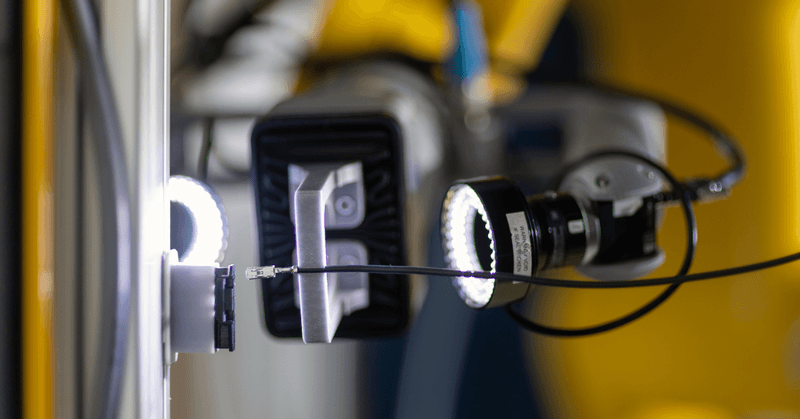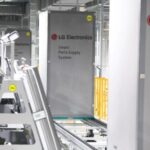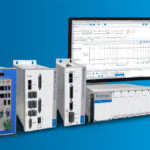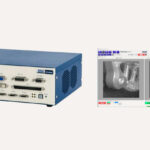ASIA ELECTRONICS INDUSTRYYOUR WINDOW TO SMART MANUFACTURING
Micropsi Updates Cutting-Edge AI Vision Software
Micropsi announces MIRAI 2, the latest generation of AI-vision software designed to widen what’s possible in robotic automation. This new version represents a significant step forward. Particularly, it embodies the company’s commitment to delivering more reliable, scalable, and user-friendly automation solutions.
Building upon the success of its predecessor, MIRAI 2 comes with five new features that enhance manufacturers’ ability to reliably solve automation tasks with variance in position, shape, color, lighting, or background. This upgrade is now available for deployment. Mainly, Micropsi aims to provide its users with enhanced reliability, a simplified deployment process, and expanded scalability for robot fleets.

Gary Jackson, CEO of Micropsi, emphasizes the company’s dedication to innovation through close collaboration with partners and customers from various industries, including automotive, electronics, and home appliances. “By integrating new features and capabilities into our offerings, we can address the unique challenges faced by these industries even more effectively,” said Jackson. In addition to new features, the company also introduced dedicated service teams to further strengthen its commitment to customer success.
Recognizing the complexities of implementing advanced AI in robotic systems, Micropsi has assembled expert teams that combine its in-house talent with select system integration partners. Primarily, it ensures that its customers’ projects are supported successfully, no matter how complex the requirements.
Proven Strengths and Enhanced Performance
Mainly, MIRAI 2 enhances the customers’ experience by offering improved reliability. Specifically, this results from the ability to detect unexpected workspace situations, a new and automated way to collect training data, and the option to run the software on the highest industry-standard PCs. Accordingly, this results in higher dependability in rough factory conditions. Also, the new feature that assists in training data collection enables easier and faster deployment of MIRAI 2. In addition, a force-torque sensor is no longer required for most applications, which means lower cost and more robust performance.
Moreover, MIRAI skills—trained guidelines that tell robots how to behave when performing a desired action—can now be easily and quickly shared with an entire fleet of robots. This makes MIRAI 2 a more scalable automation solution.
Five New Functions Available with MIRAI 2
Robot skill-sharing: This new feature allows users to share skills between multiple robots, at the same site or elsewhere. Identical (lighting, background, etc.) conditions require very little or no additional training in additional installations. MIRAI can also handle small differences in conditions by recording data from multiple installations into a single, robust skill.
Semi-automatic data recording: Semi-automatic training allows users to record episodes (of data) for skills without having to hand-guide the robot. Accordingly, this reduces the workload on users and increasing the quality of the recorded data. Now, MIRAI can automatically record all the relevant data. Users only need to prepare the training situations and corresponding robot target poses.
No F/T sensor: Training and running skills is now possible without ever connecting a Force/Torque sensor. This reduces cost, simplifies tool geometry and cabling setup, and overall makes skill applications more robust and easier to train.
Abnormal condition detection: MIRAI can now be configured to stop skills when unexpected conditions are encountered. This allows users to handle these exceptions in their robot program or alert a human operator.
Industrial PC: The MIRAI software can now be run on a selection of industrial-grade hardware for higher dependability in rough factory conditions.
“MIRAI 2 is all about scale: It’s MIRAI for more powerful robots, larger fleets of robots, tougher physical environments and it brings more tools to prepare for changes in the environment,” said Ronnie Vuine, founder of Micropsi Industries and responsible for product development. “We’ve let our most-demanding automotive OEM customers drive the requirements for this version without sacrificing the simplicity of the product: It still wraps immensely powerful machine learning in a package that delivers quick and predictable success and is at home in the engineering environment it’s being deployed in.”
Customers can experience the full potential of MIRAI 2 and learn about its capabilities firsthand. They can join Micropsi’s comprehensive webinar on April 3, 2024.
-21 March 2024-




